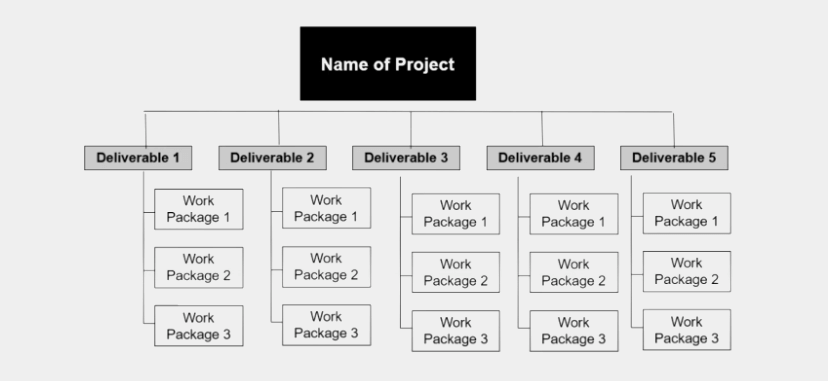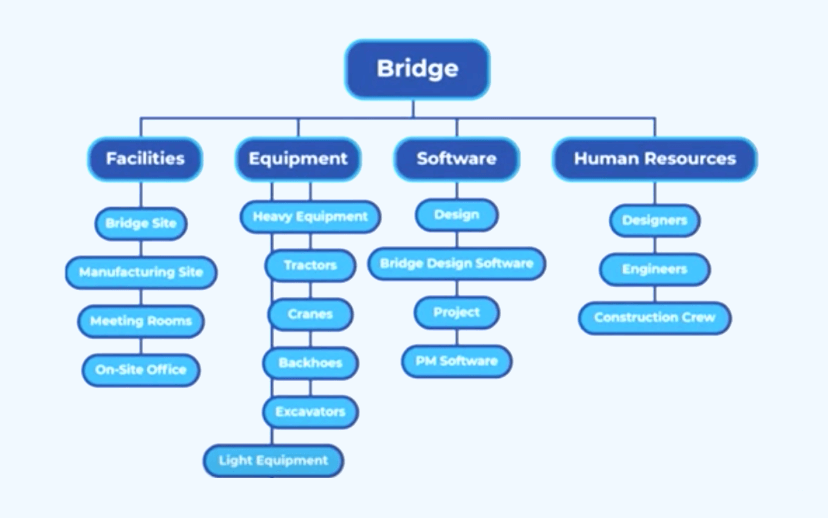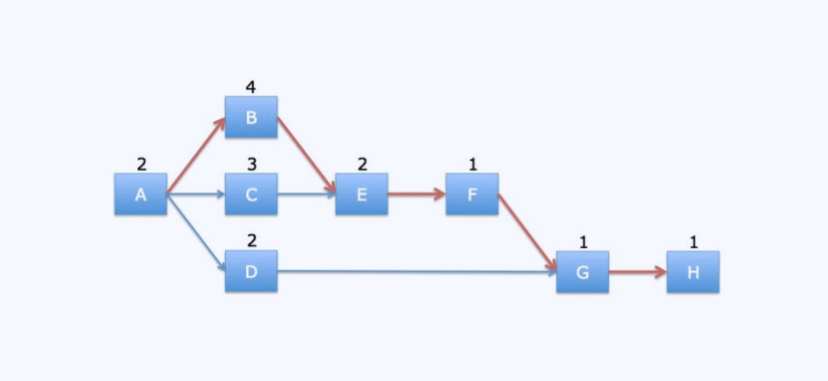Attention managers, you have more power in your hands than you think. You can be an amazing decision-maker, both quickly and confidently.
If you want to be a successful manager, you need to make the right decisions – and make them fast. After all, what separates successful managers from the rest? It’s their decision-making abilities.
Making the right decisions isn’t just about gathering the facts and crunching numbers. It involves passion and courage too. You have to develop a strong sense of judgment and the ability to think on your feet.
So how can you become a fantastic decision-maker?
In this blog post, we’ll explore what it takes to be a fantastic decision maker. We’ll give you some tips and tricks and show you how to avoid common pitfalls. So, put on your thinking cap and let’s get started.

The role of a manager
As a manager, you’re frequently called upon to make decisions. Some of these decisions are small and insignificant while others have the potential to change the course of a project—or even an entire company.
The bottom line is that you need to be confident in your decision-making abilities. And the only way to do that is to understand what it takes to make effective decisions.
4 Basic Types of Decisions
The reality is we all make decisions every day. Some are small, like what to wear or what to eat. Others are bigger, like whether to move to a new city or change jobs. But whether big or small, all decisions involve trade-offs.
There are four basic types of decisions: those that are simple, complex, risky, and ambiguous. Each type of decision requires a different approach. Here’s a quick overview of each:
- Simple decisions are made all the time, like deciding what to have for lunch. They don’t require much thought or analysis because the options and outcomes are clear. In work-related decisions, simple decisions are generally those that don’t have long-term implications.
- Complex decisions are more difficult because there are multiple variables and outcomes to consider. In work settings, complex decisions often involve multiple departments or teams and must be made with full awareness of the potential impacts.
- Risky decisions are ones where there is uncertainty around the outcome. These types of decisions require careful analysis of the risks and opportunities before making a choice.
- Ambiguous decisions involve a great deal of uncertainty and are often based on incomplete information. They require the ability to think creatively and come up with creative solutions.

Invisible Forces
Have you ever noticed how some decisions seem to be made effortlessly while others can feel like a struggle? Part of the reason for this is that there are invisible forces working on every decision.
These invisible forces can come in the form of biases, past experiences, emotions, and mental models. It’s important to recognize these forces so that you can weaken their effect and make better decisions.
Biases
Biases can have a huge impact on our decisions. We all have them, and it’s important to be aware of how they influence us. There are several well known cognitive biases, such as the confirmation bias and the status quo bias.
To avoid biased decision-making, be sure to seek out diverse sources of information. This will help you to see the situation from multiple perspectives and make a more informed decision.
Past Experiences
Our past experiences can also be a powerful influence on our decisions. We often draw on past experiences to inform our present decisions.
However, it’s important to remember that each situation is unique and requires its own approach. Don’t let old experiences dictate your decisions. Instead, take the time to evaluate each situation on its own merits. And be sure to remember that what worked in the past may not work in the future.
Emotions
It’s easy to let our emotions get in the way when we’re making decisions. After all, it’s only natural to feel nervous or excited when a big decision is on the line.
But it’s important not to let your emotions run away with you. Whether that’s fear, excitement, or something else entirely. Instead, take a step back and evaluate your options objectively. This will help you make better decisions.

Finding a Mental Model that works for you
One huge part of being a successful decision-maker is finding a mental model that works for you. A mental model is a framework that helps you look at problems from different angles and make more informed decisions.
There are many different mental models out there, so it’s important to find one that resonates with your values and approach.
Here are a few mental models to help get you started:
- First-Principles Thinking
- Second-Order Thinking
- Inversion
- The problem hypothesis
- The five why’s
First-Principles Thinking
Tesla CEO and Tech entrepreneur Elon Musk has long been an advocate of first-principles thinking. This model encourages you to go beyond surface level observations and look at the underlying logic of a situation.
The idea is to start with basic facts and then build up from there. This helps break down any assumptions or preconceived notions and can give you a clearer picture of the situation at hand. Typically, this model is best used when there’s a lot of uncertainty or conflicting information.
For Tesla, this has been invaluable in helping them innovate and stay ahead of the competition. Essentially, they’ve revolutionized battery technology by removing the analogies that have been used before and starting with fundamental physics.
It works the same in management. By breaking down a problem and looking at the underlying principles, you can gain clarity and make better decisions.
Second-Order Thinking
This mental model is all about considering the consequences of your actions. It encourages you to think beyond the immediate outcome and consider the downstream effects of your decision.
For example, if you’re deciding whether or not to launch a new product, you need to consider the long-term implications. Will launching this product help you gain more customers? Or will it cause production and delivery costs to skyrocket?
It’s important to think beyond the first order effect and consider how your decision will ripple out into other areas of your business.
Inversion
This mental model is a bit more abstract, but it can be incredibly powerful. Essentially, it encourages you to think about the opposite of what you’re trying to achieve.
For example, instead of focusing on how to increase profits, invert the question and ask yourself how you could reduce profits. This helps you identify potential risks and hidden costs that you might not have considered before.
The problem hypothesis
This mental model encourages you to develop a hypothesis about the problem before jumping in. You need to ask yourself questions like: What do I know about this problem? How can I best approach it?
Let’s say you need to onboard a lot of new employees. What you know is that the process is going to be time-consuming and expensive. So you need to come up with a plan of attack that will help reduce onboarding costs while still ensuring quality of hires.
The Five Whys
This mental model encourages you to dig deeper into your problem by asking “why” five times. This helps you find the root cause of your problem and brainstorm solutions that can address this underlying issue.
Let’s say you’re trying to reduce employee turnover. You could ask yourself why employees are leaving, which then leads to more questions like why are they unhappy? What could be done to make them happier?
By asking “why” five times you can get to the heart of the issue and start developing a plan of action that will effectively reduce turnover.
Now that you’ve got some mental models for decision making in your toolkit, it’s time to put them into practice.

6 Steps to Implement “Decision Making” With Your Team.
You know what they say: you can lead a horse to water, but you can’t make it drink. The same is true of decision-making in organizations. As a manager, you can make decisions all day long, but if you don’t have a system for implementation, those decisions will never see the light of day.
Think of implementation as the gasoline that powers the engine of your organization. Without it, you’ll just be spinning your wheels. But with a strong implementation plan, you can turn your goals and objectives into reality here’s how:
1. Get buy-in from your team.
If your team doesn’t believe in the decision you’ve made, they’re not going to be motivated to help you implement it. Create an affinity for the decision by involving your team in the process.
What’s the process? Well, you can use any of the mental models discussed above to help your team understand the decision-making process and get them on board with it.
Developing a culture of buy-in is critical to successful implementation.
2. Define what success looks like.
Ambiguity is the enemy of implementation. When you’re unclear about what success looks like, it’s easy to get sidetracked or lost along the way.
To avoid this, be sure to clearly define what success looks like for the decision you’ve made. What metrics should you measure? Who is responsible for each task? What timeline are you expecting?
The key is to set expectations for each decision and clearly define what success looks like.
3. Create a plan of action.
Once you know what you’re trying to achieve, you need to create a plan of action. What steps do you need to take to get there? Who needs to be involved? What resources do you need? Map it out so that you have a clear path to follow.
Having a plan of action not only helps you stay on track, but it also helps keep your team motivated. After all, when they know what comes next and have an understanding of the end goal, it’s easier for them to stay focused and get the job done.
4. Delegate and empower others.
You can’t do everything yourself, so delegate and empower others to help you out. Choose people who are passionate about the project and give them the authority to make decisions themselves. This will help you move faster and avoid getting bogged down in details.
A manager’s job is to make decisions, but it’s also important to empower others and give them the opportunity to contribute.
5. Establish checkpoints to keep the team on track.
Decision-making isn’t a one-and-done process — it requires ongoing oversight and accountability to ensure successful implementation. Set up regular check-ins with your team to review progress, celebrate successes, identify areas of improvement, and adjust course when needed.
By implementing these checkpoints, you’ll be able to quickly identify any potential problems and course-correct before they become roadblocks.
6. Be prepared for challenges.
No matter how well you plan, there will be times when things don’t go as expected. Be flexible and creative in your approach to problem-solving and stay focused on the end goal.
Don’t let challenges derail you — instead, use them as an opportunity to learn and grow so that you can make even better decisions in the future.
At the end of the day, effective decision-making isn’t about having all the answers — it’s about being able to make decisions with confidence and implement them successfully.

Evaluating results
You know the saying, “Hindsight is 20/20”? Well, in business, we like to call that “evaluating the results of your decision making.”
After all, you can’t improve what you don’t measure, and you can’t make sound decisions without knowing how your previous decisions turned out. In other words: you need to evaluate the results of your decision making in order to be a better decision maker.
But how do you evaluate the results of your decision making? To start, you need to take a step back and look at the big picture. What were your goals when you made the decision? Did you achieve them? If not, why not? Were there unforeseen circumstances that got in the way?
You also need to consider the impact of your decision on those around you. Did it help or hinder your team’s performance? How did it affect your relationship with your manager? These are important factors to consider when evaluating the results of your decision making.
Finally, you need to be honest with yourself. This can be tough, but it’s essential if you want to improve your decision making skills. Were you happy with the outcome of the decision? If not, why not? What could you have done differently?
Don’t be afraid to ask these questions and be honest with yourself. Evaluating the results of your decision making is the only way to ensure you’re making better decisions in the future.
Summary
The ability to make decisions quickly and efficiently is a hallmark of successful leadership. Of course, not all decisions are created equal.
As a manager, you’ll encounter different types of decisions that require different levels of analysis. By understanding the different types of decision-making models, you can streamline your process and make better choices for your team.
Implementing those decisions effectively is another challenge altogether, but one that can be overcome with careful planning and execution. Finally, it’s important to evaluate the results of your decisions and learn from any missteps. With these tips in mind, you’re on your way to becoming a masterful decision-maker. Thanks for reading!

































































